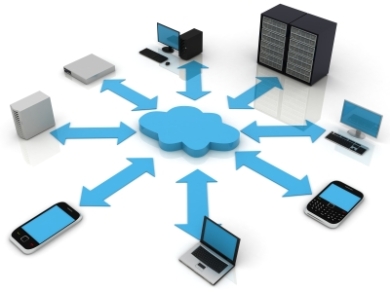SSI(Small Scale Industries):
It is a sector of industry recognized by the Government to support.
How to identify a SSI?
SSI can be identified based on the land/machinery used,production method,investment made or the number of people employed.The khadi,pickles,agarbatti and beedi industries are few examples of SSI.
Conventional SSI is an industry such as cottage/handicraft that employs labor oriented production methods to produce conventional products.
National accounting category:Any undertaking that is involved in manufacturing,servicing,processing,preserving with an investment in land and machine upto 60 lakhs.
Operational category:Involves any undertaking involving one or more owners,industry with upto 60 lakhs on machinery,purchase/land.
Characteristics of SSI:
low investment,one or more people on work,family ownership,semi-skilled labor,confined locality/region.
Rationals of SSI:
job creation,social and economic growth,enhancement of standard of living,removal of regional imbalance.
There are several supporting agencies of the Government for SSI.They are categorized into All India Institutions(like SSIB,NSIC,KVIC etc..),State Level Institutions(like SSIDC,SDIs,DICs etc..) and Fund-Based Institutions(like SIDBI,SFCs and commercial banks).


